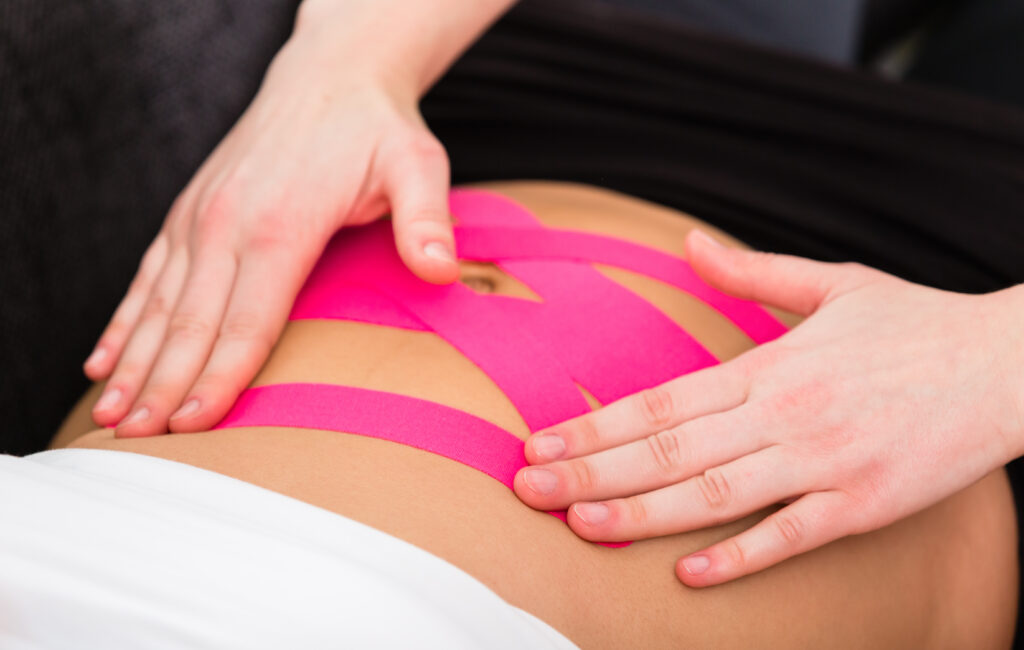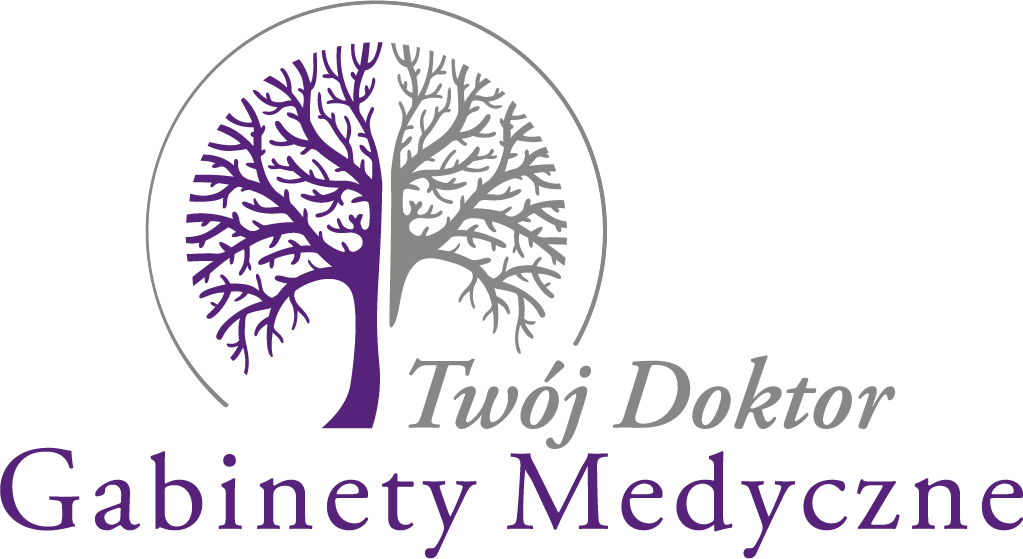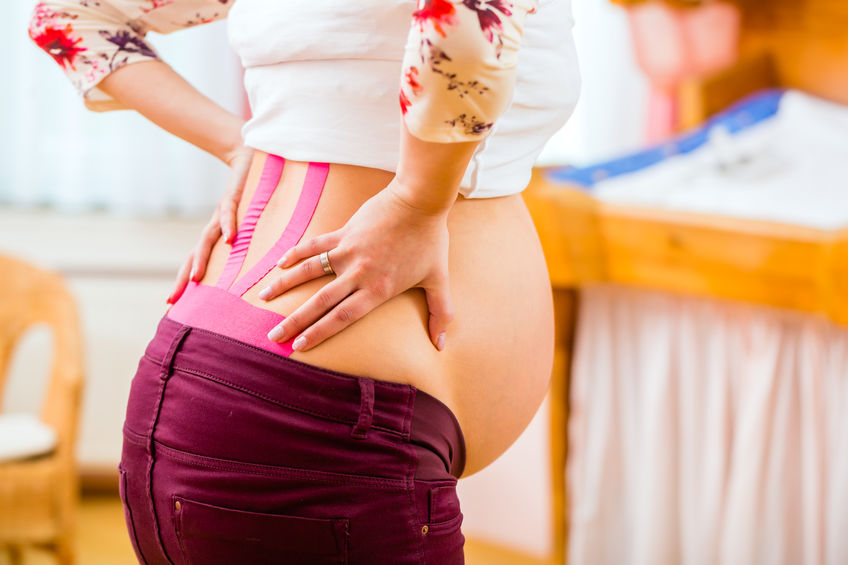
Kinesiotaping in pregnancy and the postpartum period
Kinesiotaping, i.e. dynamic taping, is one of the methods of physiotherapy. It consists in sticking special, flexible patches on the body.
Kinesiotaping, i.e. dynamic taping, is one of the methods of physiotherapy. It consists in sticking special, flexible patches on the body. Their main activity is:
- normalization of muscle tone
- activation of the blood and lymphatic system (by lifting tissues)
- pain relief / prevention
- stabilization of muscles and joints
The patches are made of cotton with properties similar to human skin. They do not restrict movements, are breathable and, above all, waterproof (during therapy, you can take a bath freely). They can be worn by pregnant women for about 4-5 days. For women in the perinatal period, kinesiotaping is a safe, painless and, above all, effective method.
Contraindications:
- general inflammation, viral, fungal
- skin changes / moles
- breaking the skin at the application site
- increased uterine contractions
Kinesiotaping in pregnancy – we have been using the techniques since the 6th month
- backache (pain in the cervical, thoracic, lumbar),
- pain in sacroiliac joints,
- supporting the work of the abdominal muscles; support for the lower abdomen during heavy pregnancy,
- rectus abdominal muscle dehiscence during pregnancy,
- supporting the work of the respiratory diaphragm,
- swelling of the ankles and lower legs.


Kinesiotaping in the postpartum period
- support in contracting the uterus after cesarean section – from 2/3 day,
- scar after cesarean section – from the 2nd week of puerperium,
- pubic symphysis – from the 3rd week of puerperium,
- abdominal rectus muscle dehiscence after pregnancy,
- activation of the mammary gland in the absence of lactation or food stagnation,
- application to soothe menstrual discomfort,
- peri-umbilical hernia, navel transplant.


